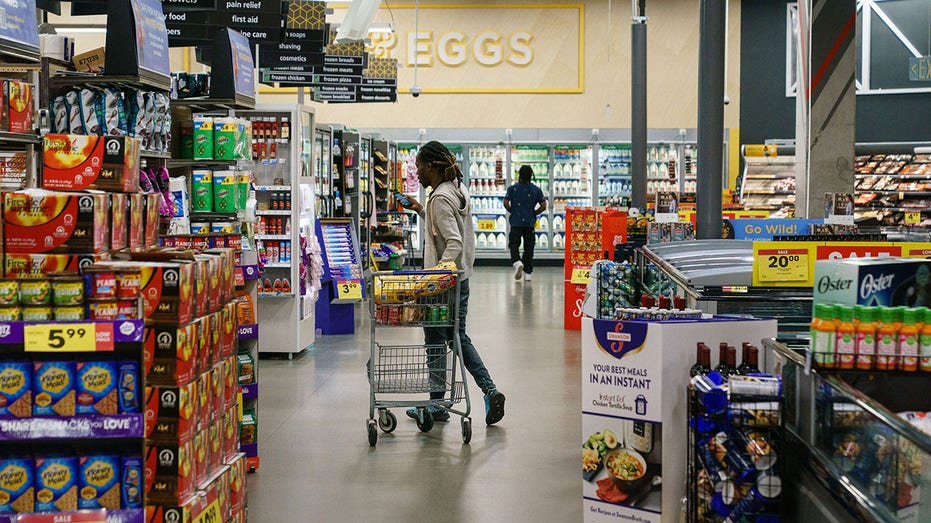Laffer Tengler Investments CEO and CIO Nancy Tengler explains why she’s recommending investing in equities over bonds for the long term.
An inflation measure closely watched by the Federal Reserve held steady in May as elevated prices continue to weigh on millions of Americans.
The personal consumption expenditures (PCE) index showed that prices were unchanged from the previous month, according to the Labor Department. On an annual basis, prices climbed 2.6%. Both of those figures are in line with expectations.
In another sign that inflation remains stubbornly high, core prices — which strip out the more volatile measurements of food and energy — climbed 0.1% from the previous month. From a year ago, prices are up 2.6%, the slowest annual rate since March 2021.
“The lack of surprise in today’s PCE number is a relief and will be welcomed by the Fed,” said Seema Shah, chief global strategist at Principal Asset Management. “Annual core PCE has now fallen to the lowest level in three years and should provide some comfort that inflation is once again decelerating. However, the policy path is not yet certain.”
RAISING A CHILD IN THE US IS GETTING EVEN MORE EXPENSIVE
While the Fed is targeting the PCE headline figure as it tries to wrestle consumer prices back to 2%, Chair Jerome Powell previously told reporters that core data is actually a better indicator of inflation. Both the core and headline numbers point to inflation that is still running well above the Fed’s preferred 2% target.
A 0.4% decline in the prices of goods helped to offset a 0.2% increase in the cost of services. Food prices rose 0.1% over the course of May, while energy prices tumbled 2.1%, according to the report.
WHY ARE GROCERIES STILL SO EXPENSIVE?
Shoppers are seen in a Kroger supermarket in Atlanta on Oct. 14, 2022. (Elijah Nouvelage/AFP via Getty Images / Getty Images)
High inflation has created severe financial pressures for most U.S. households, which are forced to pay more for everyday necessities like food and rent. The burden is disproportionately borne by low-income Americans, whose already-stretched paychecks are heavily affected by price fluctuations.
Other figures included in the report showed that consumer spending increased just 0.2% in May, below both the 0.3% estimate. The lower-than-expected figure suggests that Americans are pulling back on spending as they face steeper prices. Many economists anticipate that spending will slow further in the coming months as consumers continue to grapple with expensive goods, high interest rates and the resumption of federal student loan payments.
| Ticker | Security | Last | Change | Change % |
|---|---|---|---|---|
| I:DJI | DOW JONES AVERAGES | 39118.86 | -45.20 | -0.12% |
| I:COMP | NASDAQ COMPOSITE INDEX | 17732.602726 | -126.08 | -0.71% |
| SP500 | S&P 500 | 5460.48 | -22.39 | -0.41% |
The report comes as Fed policymakers weigh when to start cutting interest rates. Investors have steadily dialed back their expectations as central bank officials signal they are in no rush to cut until they are certain that inflation is conquered.
Market pricing currently indicates that the Fed will cut rates twice this year, with the first reduction happening in September, according to the CME Group’s FedWatch tool.
GET FOX BUSINESS ON THE GO BY CLICKING HERE
Stock futures moved higher on Friday morning after the report showed that inflation rose in line with expectations last month.
Credit: Source link




